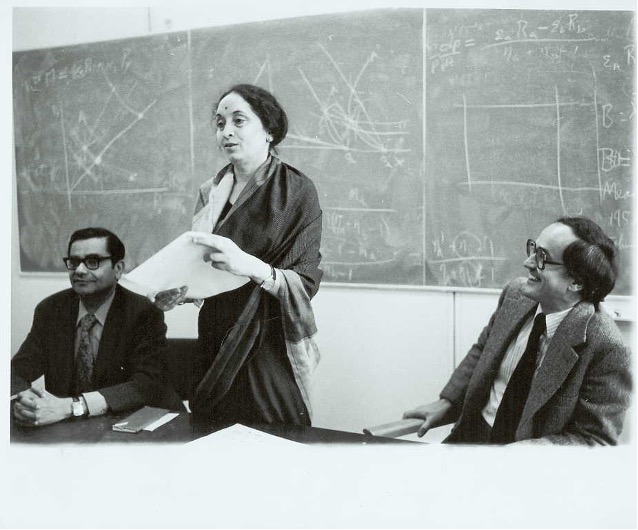
Jagdish Bhagwati and Padma Desai’s book India: Planning for Industrialisation, published in 1970, is an enlightening and incisive analysis of India’s economic strategies after the Second Five-Year Plan. The book stands out as (among other things) a critique of the prevailing model of physical-target-oriented planning. The authors systematically critiqued the planning model, emphasizing that it lacked an economic rationale for its industrial targets. They argued that setting arbitrary physical targets, rather than targets informed by economic factors, was a misstep.
The authors argued compellingly that what they called the “growth-first-efficiency-next strategy” is flawed because growth and efficiency are not mutually exclusive and should be pursued simultaneously. Their research marked a significant shift in economic thinking and opened the door for a comprehensive re-evaluation of India’s economic planning.
Bhagwati and Desai underscored how the licensing regime perpetuated inefficiency by inhibiting competition and how it fostered an environment unconducive to economic growth or innovation. The authors also took a strong stand against protectionism, arguing that high tariffs and quantitative restrictions had insulated industries from global competition, thereby reducing their competitiveness and efficiency.
These insights were highly influential in policy and academic circles and foreshadowed the economic reforms that India would undertake in 1991. The architects of these reforms, including then finance minister Manmohan Singh, championed the authors’ arguments for economic liberalization, efficiency, and openness to global trade. The reforms ushered in an era of de-licensing, reduced tariffs, and greater openness to foreign investment.

